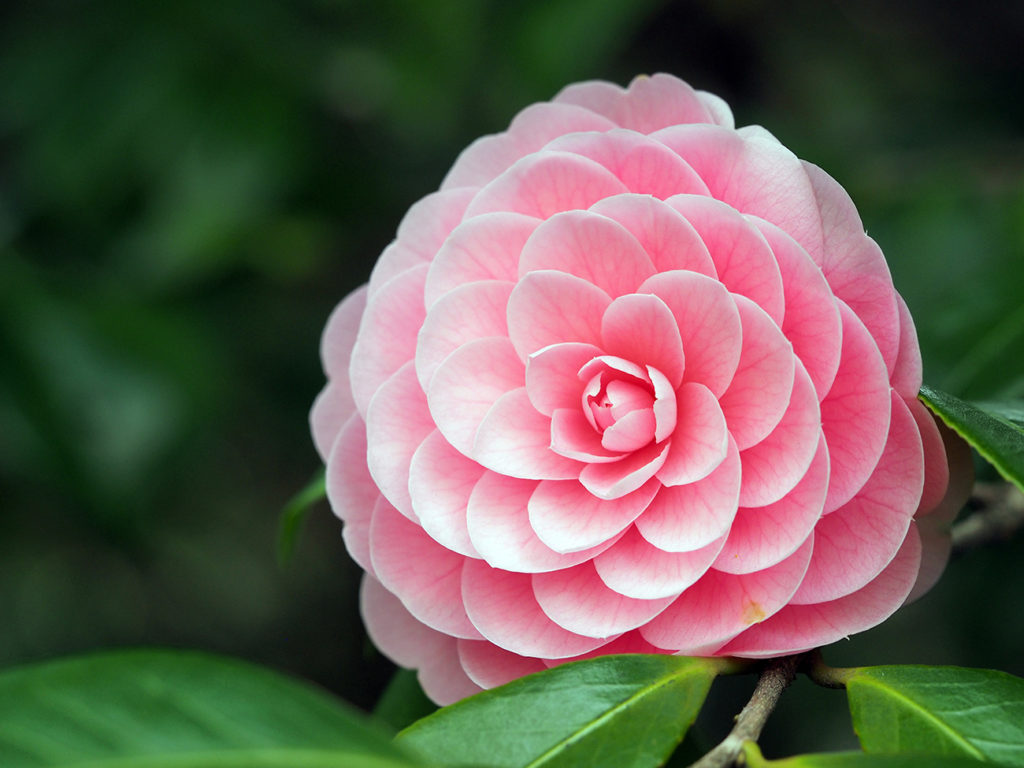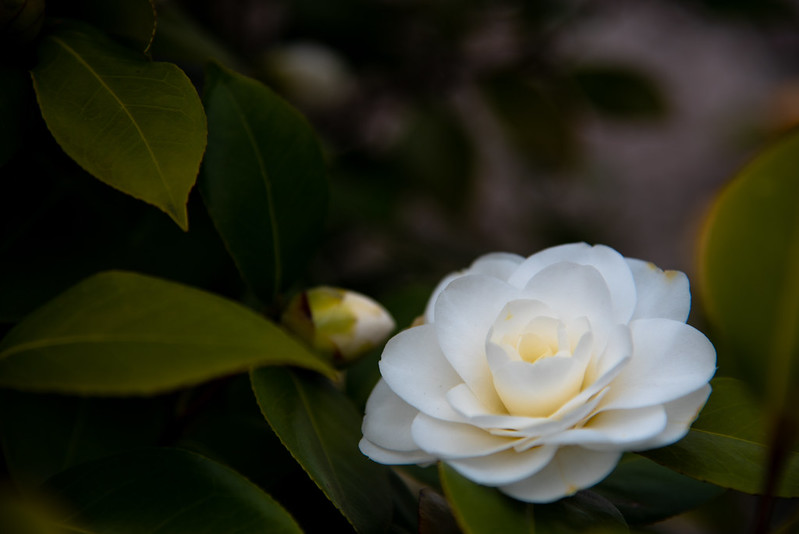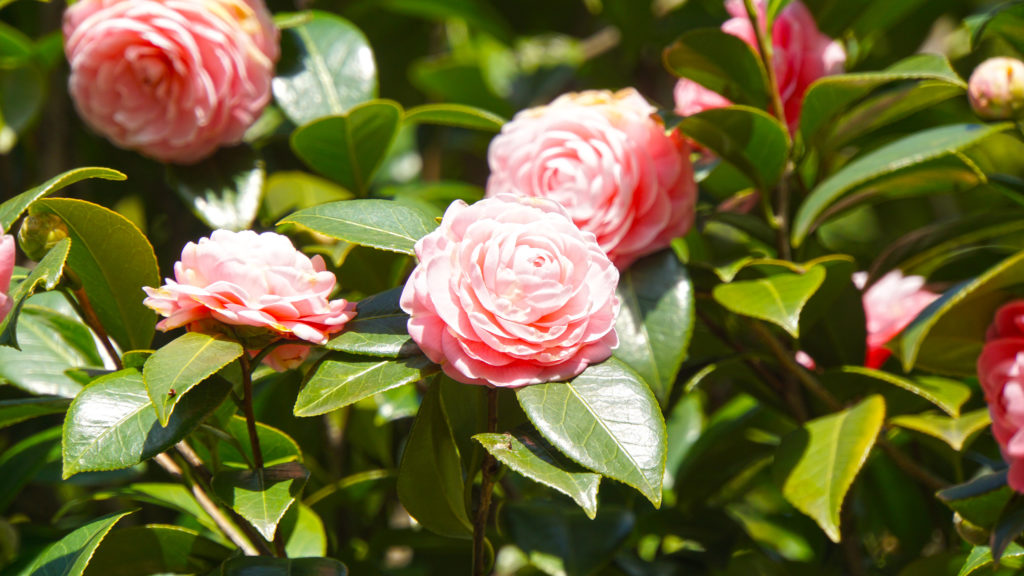
The Tsubaki Story
In Japan, the samurai were looked upon with great respect, bordering in awe, by the Japanese people. It is believed that these military nobility of medieval and early modern Japan were very fond of sakura flowers. The samurai associated the fleeting existence of these flowers with their own ephemeral lives. Sakuras bloom with splendor and beauty while also withering one petal at a time as each floats gently away when the wind blows.
Yet there is another flower that is not seen with such high regard by the samurai. This is the tsubaki (camellia). The samurai are said to hate the tsubaki because unlike the sakura flowers, they fall heavily and suddenly to the ground when they wither: much like how a severed head falls from the body when hacked off by a sword.
Camellias were first cultivated in China and Japan for many centuries before they were brought to Europe and other parts of the world. The Europeans first admired the beautiful flower from the painted porcelain pots made by the Chinese. The German botanist Engelbert Kaempfer called the Camellia, the “Japan Rose”.
The very first camellias seen in Essex, England were a single white and a single red flower in the garden of Robert James (Lord Petre), in 1739. In the 18th century, new varieties began to flourish as the tea trade expanded. They were first transported to North America from England in 1797, when Colonel John Stevens brought the camellia to attract attention within Elysian Fields in Hoboken, New Jersey. The flower rapidly spread all around the globe, from the Asia to Europe through the British East India Company.
Camellias are evergreen shrubs or small trees that can grow as high as 20 meters. Their leaves are thick and glossy, serrated, and have an alternate growth pattern. The flowers are large, about 12 centimeters in diameter, with colors that are mainly shades of pink, red, and white. Yellow camellias can usually only be found in South China and North Vietnam.
Camellias have many uses. Camellia sinensis is a tea plant that has significant commercial value. Due to selective breeding, the finest tea is made from its leaves, and other camellias can be used to produce similar tea. Tea oil is a sort of sweet seasoning used for cooking when seeds of the Camellia oleifera, Camellia japonica, and other such camellias are pressed.
Even if the great samurai disliked the camellia, most Japanese appreciate the aesthetic beauty and many uses of this magnificent plant. The rest of the world agrees as well.
